Why do we need SFI BLUES?
The world is facing grand challenges. Due to the ongoing transition in the world’s energy mix to meet the goals stated in the Paris agreement, the need for clean energy is global. Changes in diets and an increase in the world’s population generate an increased need for safe and healthy food. Further, in a changing climate, requests for increased mobility, as well as a shortage of land area, introduce a need for resilient infrastructure in coastal waters that can be used for transportation as well as industrial and residential developments.
The ocean can contribute with solutions. Floating support structures are highly relevant for many applications, as they can be designed to almost any area of use. They are flexible and can be adapted to different water depths. They can also be designed to minimise environmental impact and be geared towards decommissioning, recycling and reuse. Some examples of new types of floating structures which are relevant in Norway now and in the coming years are floating wind turbines, floating solar power plants, fish cages for exposed or offshore use, and very long floating bridges.
The Norwegian offshore wind industry is under rapid development. The floating concrete foundations for Hywind Tampen are being constructed at this moment, and many different companies are getting ready for the developments at Utsira Nord and Sørlige Nordsjøen II. Floating foundations will be necessary at least for Utsira Nord, but probably also possible future developments in Norwegian offshore areas, as the water depth is generally too deep for bottom-fixed foundations to be economically viable.
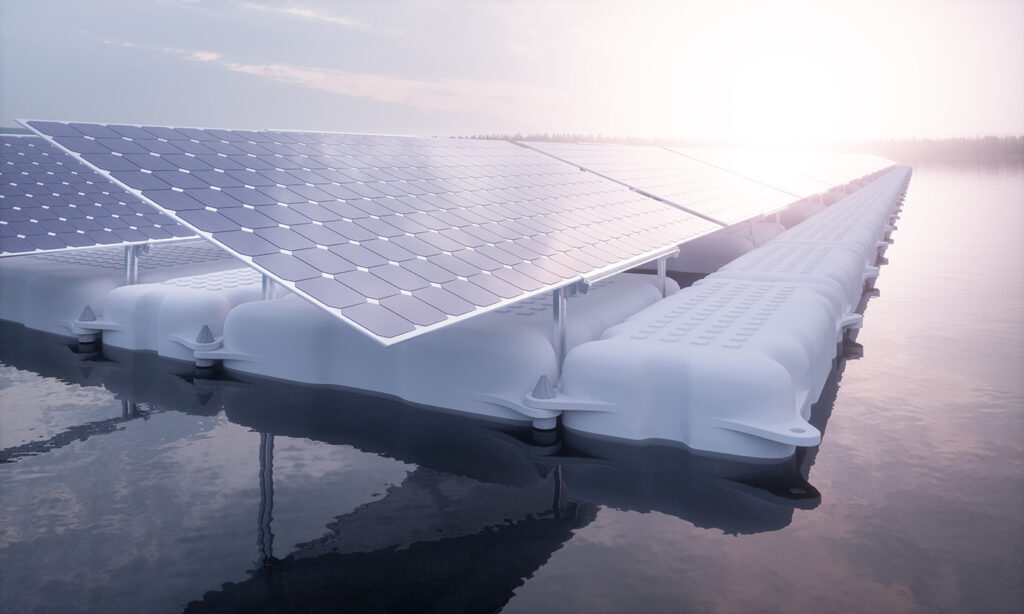
Floating solar power plants is an exciting innovative area, which has had exponential growth over the last few years. Coming from sheltered inland water bodies, such as water reservoirs, development is now also going towards sea-based solutions in relatively exposed areas with high waves and strong winds. Several Norwegian companies are working very actively with development of floater technology for such use. There are demonstration facilities in operation in Norway already and more are on the way.
The innovation rate in the Norwegian aquaculture industry has been very high in the last five years. This can to a large extent be attributed to the announcement of development licenses, where innovation was one of the criteria for receiving an award. New cage structures to improve aquaculture operations and to reduce problems related to parasites, mortality and escape have been developed and are still under development. New cages for offshore and exposed areas are one trend, while closed cages for more sheltered areas is another.
Floating bridges and submerged floating tube bridges are under development to allow for ferry-free crossings of some of the large fjords on the west coast of Norway. These crossings will need significantly longer bridges than those that currently exist. Also, they will be exposed to more severe waves.
All these applications are important for Norway and are a part of the ongoing transition of the Norwegian maritime and offshore industry. The relevance for development in Norway was highlighted above, however, possibilities for the exportation of this technology and competence are equally important.
So going back to the question proposed at the beginning – what do all these structures have in common, apart from the obvious commonality that they are floating? First and foremost, they can provide solutions to global challenges. But in order to harvest these solutions, several research questions need to be answered. Many of these research questions are broadly applicable to a wide range of topics – from offshore wind energy to salmon farming, and this is where SFI BLUES comes in. SFI BLUES will address several of these research needs, and thereby accelerate innovation within the aforementioned applications. In a longer perspective, the competence developed in SFI BLUES will also open up for completely new types of floating structures, for instance for geothermal energy, hydrogen production and storage, recreation and tourism, seabed mining, and the collection of ocean plastics.
What kind of research are we doing in SFI BLUES?
All the applications mentioned above have specific needs and requirements to safety, sustainability, cost, function and operation. This leads to structures with which we have limited experience. These structures will be diverse, but they have essential needs in common:
- To understand their requirements to function, safety, cost, operation and sustainability, in order to develop optimised solutions.
- To develop numerical and experimental high-quality, validated design tools.
- To base the design on reliable descriptions of the marine environment.
- To understand the interaction between the environment (wind, waves, current) and structures.
- To develop structures with sustainable, safe and cost-efficient materials.
- To develop solutions to ensure that mooring systems and anchors keep the floating structures in position.
These common research needs form the basis for the research in SFI BLUES.
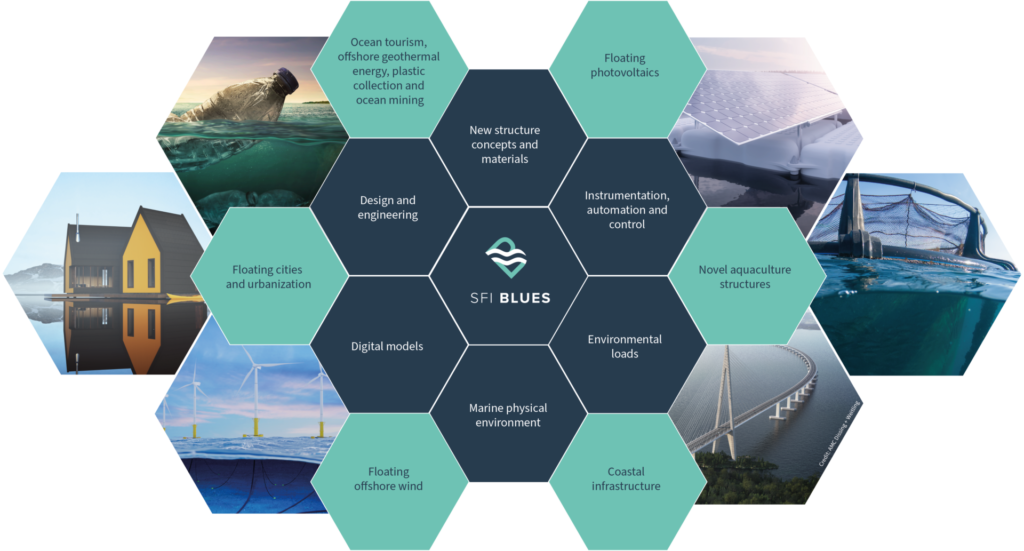
SFI BLUES is organized into seven research areas or work packages where novel concepts play the lead role in the centre. Knowledge gaps and research needs will be derived from work package one (WP1). The second work package (WP2) will focus on digital infrastructure for the presentation and exploitation of research results, while the third work package (WP3) will address design optimisation and multidisciplinary aspects. Being able to understand and model the marine environment and how this interacts with structures is of prime importance, and is the topic of work packages four and five (WP4 and WP5) and . The former will focus on the modelling of waves, wind and current, while the latter will address environmental loads, especially from waves, and the interaction with the structural response. Innovative and sustainable use of materials is the topic of work package six (WP6). The means of keeping a floating structure stationary are addressed in work package seven (WP7), which focuses on mooring systems and anchors. The research is organised such that the knowledge, tools and competence developed in WP2 to WP7 will be fed back into WP1 and thereby enable new or improved floating solutions.
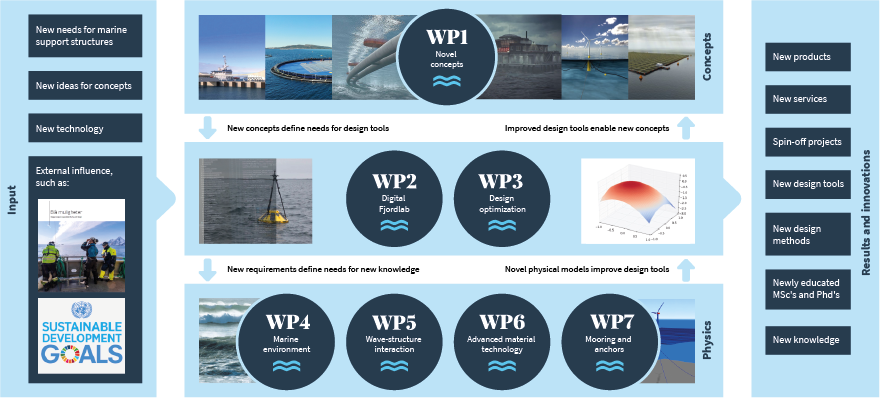
What is SFI BLUES?
SFI BLUES is a new centre for research-based innovation starting in 2021 and continuing for a duration of eight years. The main goal is to enable a new generation of floating structures to contribute to solving global challenges. The centre is funded by the Research Council of Norway and the partners of the centre. The research partners of the centre are NTNU, SINTEF Industry, NGI and The Norwegian Meteorological Institute. The user partners (industry and public) are Equinor, The Norwegian Public Roads Administration, Hydro, Dr. Techn. Olav Olsen, Aker Solutions, DNV, Ocean Sun, Vryhof, Sevan SSP and APL Norway. SINTEF Ocean is the host institution.
For more information and updates on SFI BLUES, see www.sfiblues.com.
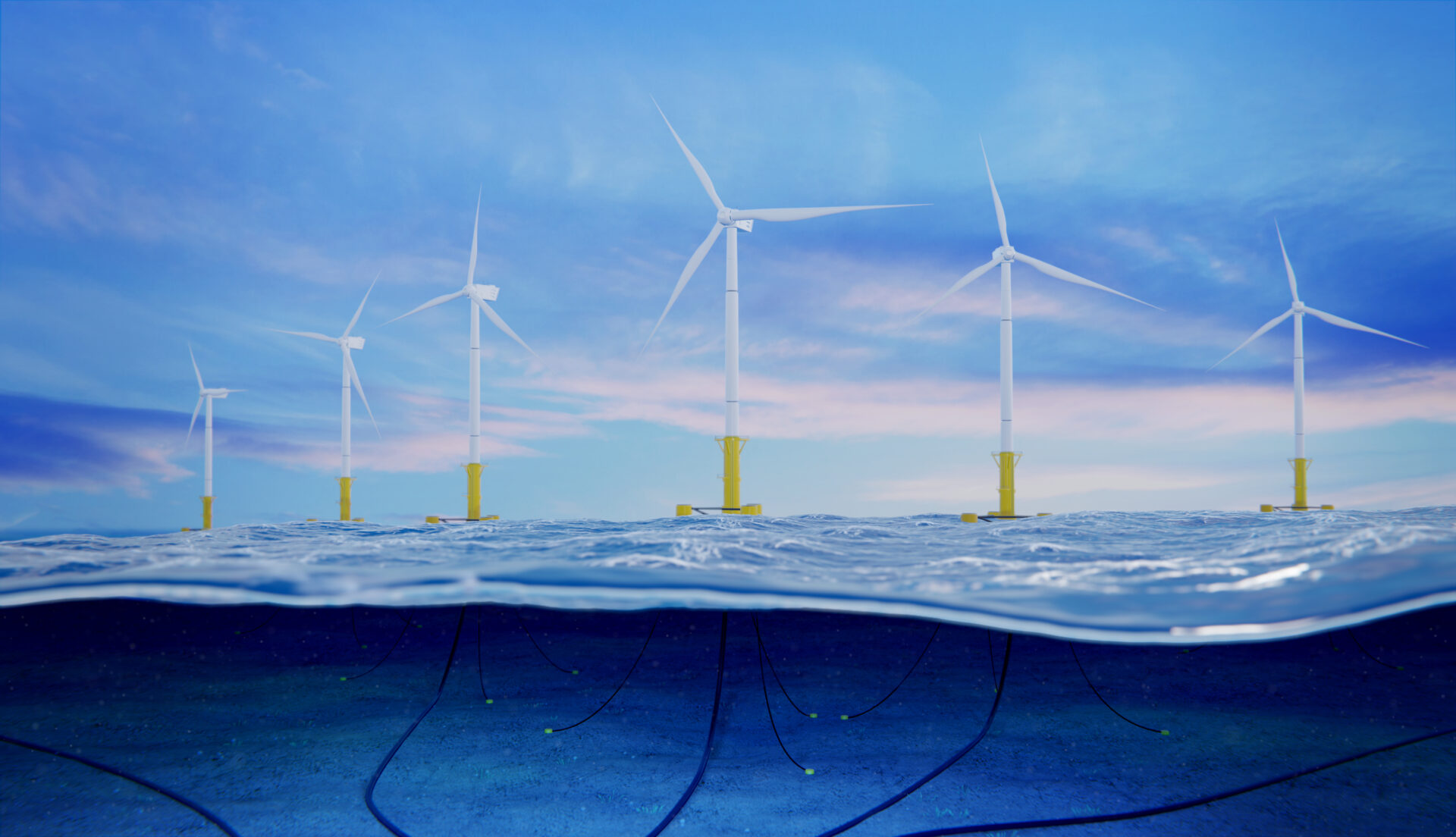

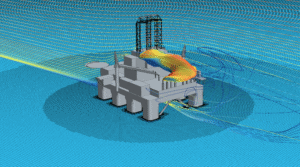
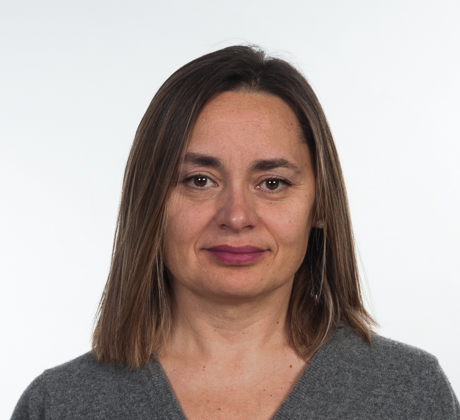
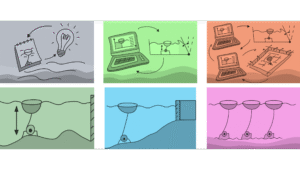
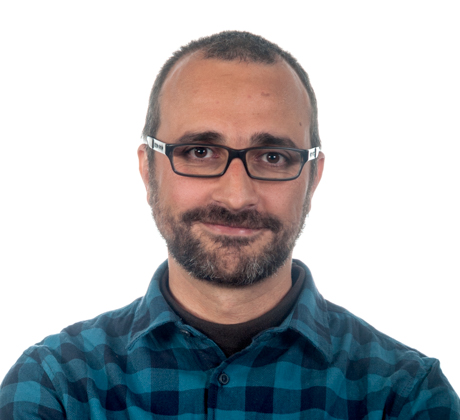
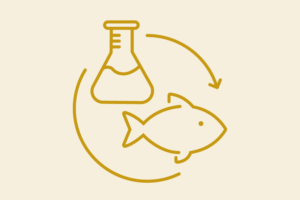
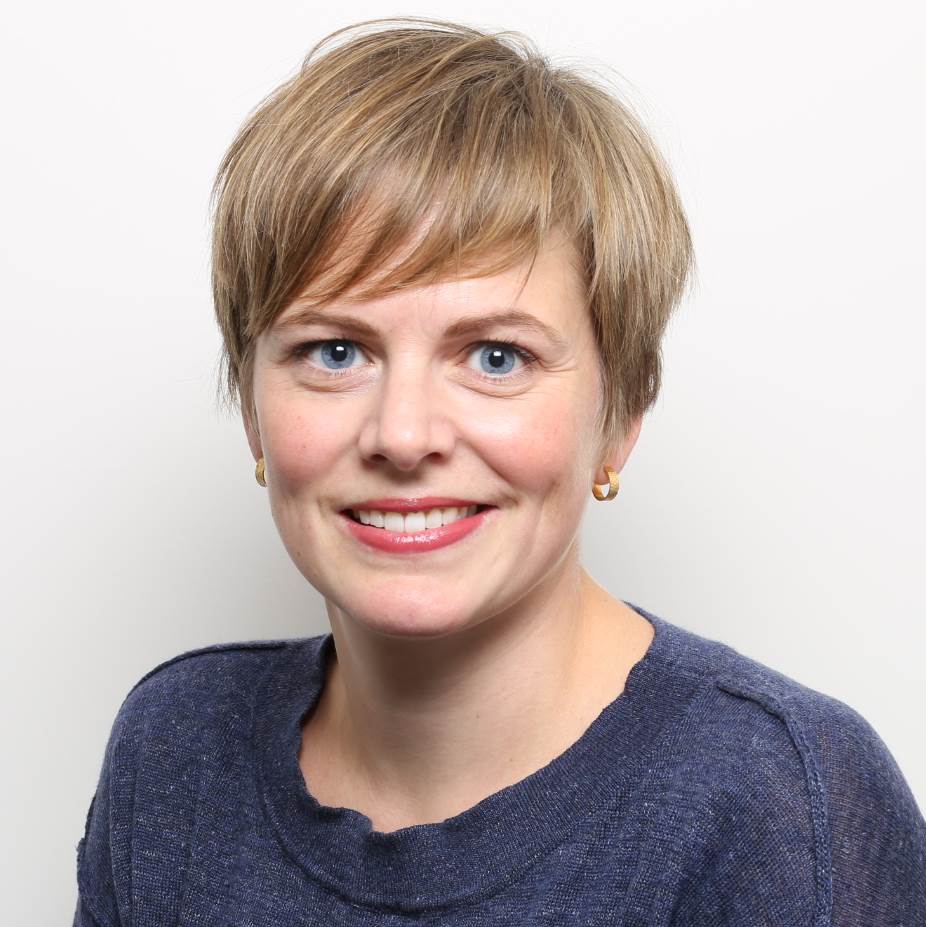
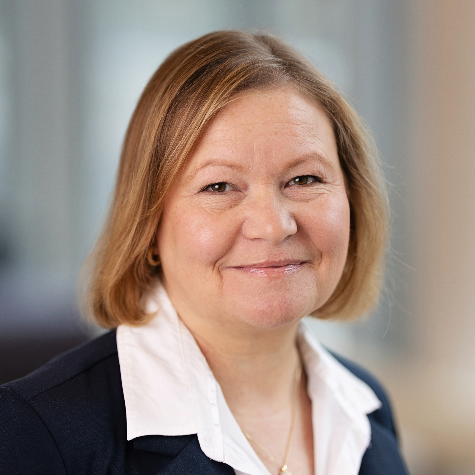
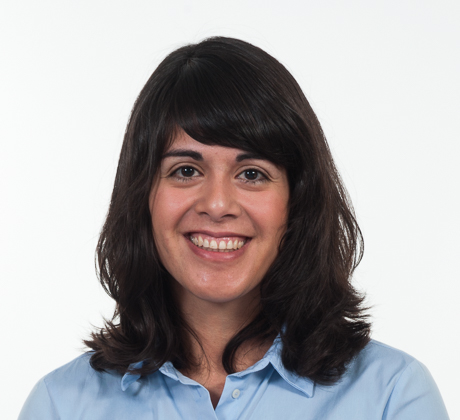
Comments
No comments yet. Be the first to comment!